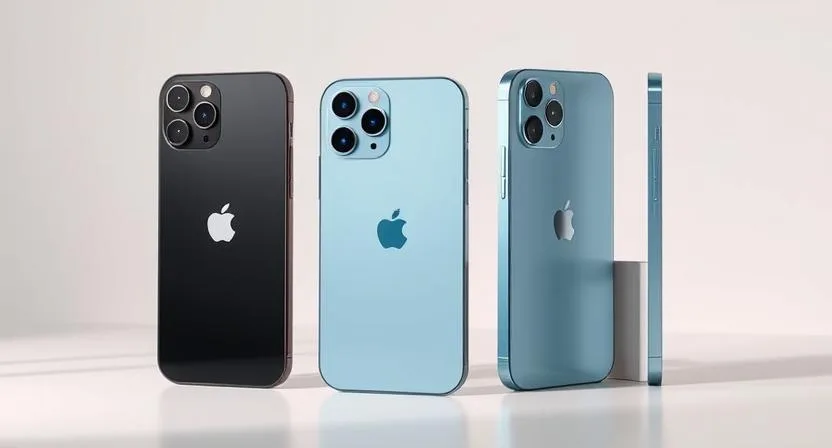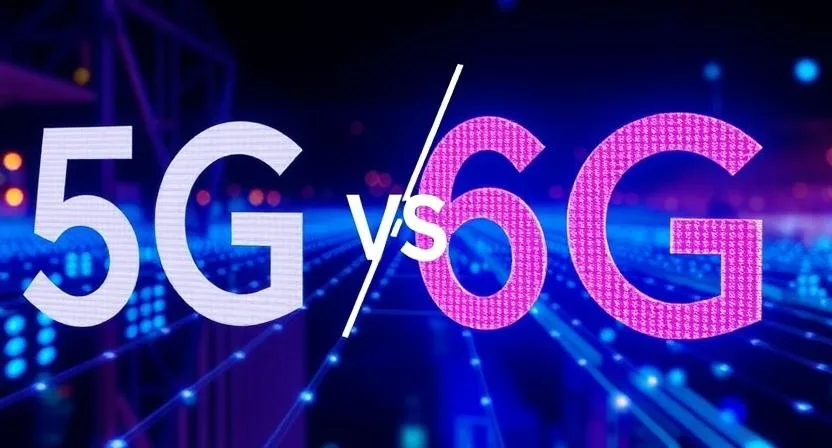We have robots. We are currently living in a diluted form of the cyberpunk future that was envisioned a century ago. With devices that measure our health, such as smartwatches, smart glasses, and smart rings, we have tried our best to survive in this dystopia and improve ourselves. These days, half of my kitchen appliances are intelligent. The best of these devices should be purchased if you want to stay in your house since the Internet of Things is permeating every part of it. We can assist.
Whether it’s a smart speaker, smart alarm clock, robot hoover, security camera, or air purifier, Google and Amazon have set the standard with their smart-home devices that come with their own virtual assistants, Google Home and Alexa. You can sit there and worry about monitoring data, all right. However, privacy in technology is generally improving. In all honesty, though, the internet giants already own the data you’re concerned about—your robot coffee maker won’t provide Amazon with any information it doesn’t already have.
Your social media profiles are more harmful than any smart home device, while the overall loss of privacy is an odd side effect. Start with the best smart-home devices our tech experts have evaluated and tested in 2025 to upgrade your house with modern technology. Consider this a list of the 10 most important things. These are clever ways to use these devices if you’re going to have them in your house anyhow.
1. July Air Conditioner:
$459 at july.ac\
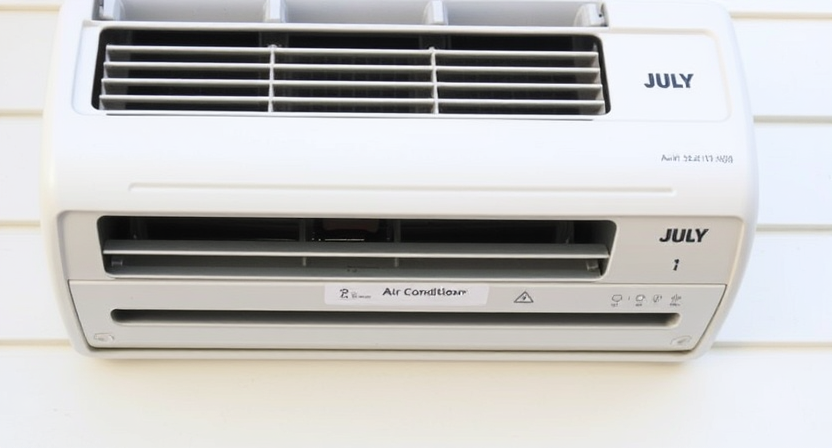
Unbelievably, they even made window air conditioners intelligent. The Internet of Things has embraced the practical approach to air control that has been used for decades. Happy? Here, our applause is sincere.
Alright, listen to us. These days, there are several best window air conditioners available, and July is one of our favourites. First of all, it looks fantastic, including our favourite neutral matte finishes available. Additionally, it happens to be intelligent. It’s not simply bullshit features, for real. The software is simple to use, and July can be connected to Alexa or Google Home. Additionally, they now provide units for through-the-wall air conditioning and slider windows.
Pros
- It’s easy to install and looks far nicer than a traditional window unit.
- Slider and through-the-wall solutions that are simple to link and operate
Cons
- Apple HomeKit compatibility is still pending.
2. Samsung The Frame TV
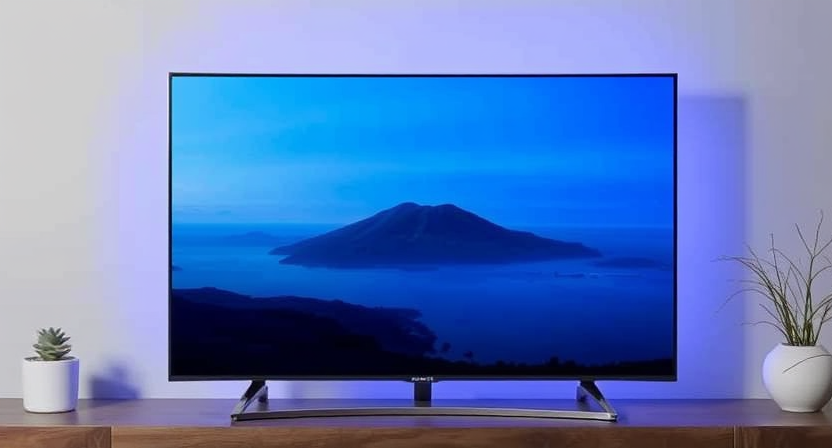
It turns out that our favourite status TV is much more than just a gizmo to impress your pals. The TV is excellent.
Samsung developed the Frame as a countermeasure to your TV being like a massive black hole when it’s not in use. We believe that having family photos or artwork shown while the device is off provides your home a sense of tranquillity, and the brand views it as a legitimate social problem. However, the true innovation from that is the matte screen, which is designed to improve the way photographs and artwork are shown. It has been shown to significantly reduce glare while maintaining sharp images when your TV is placed in a bright area.
Apart from that, we think Samsung’s SmartThings Hub is the best in the business, as it integrates any smart home device seamlessly and ensures that they all work together. From the same interface, manage your Google thermostat, Amazon Ring doorbell, Samsung TV, and Sonos speaker.
Pros
- really creative design
- Excellent sharpness of the image
- Modifies a living room’s overall atmosphere
- Things Are Smart
Cons
- There is some work involved with installation.
3. Philips Hue RGB Play Gradient Light Tube

It may surprise you to learn that there is fierce rivalry in the smart-home lighting market. Nanoleaf makes beautiful programable lights, however it’s a little intrusive to put one on your wall. It’s a fantastic product in terms of design. It’s a little inconvenient for the user. Everything that the Nanoleaf can do, including RGB gradients, TV and music synchronising, and more, can be done with a Philips Hue bar in a stylish form without many separate components.
To create a cosy atmosphere in your bedroom, place the Philips Hue on a dresser. For an immersive gaming or movie-watching experience, position it behind your TV and sync it. For a party light display that you don’t even need to program, you could even sync it with your music.
Pros
- More attractive than the Nanoleaf
- Excellent gradient white-light and colour choices
- Syncs with TV or music
- Placement and setup are simple.
Cons
- For aesthetics rather than functionality
4. Loftie Smart Alarm Clocks for Bedrooms
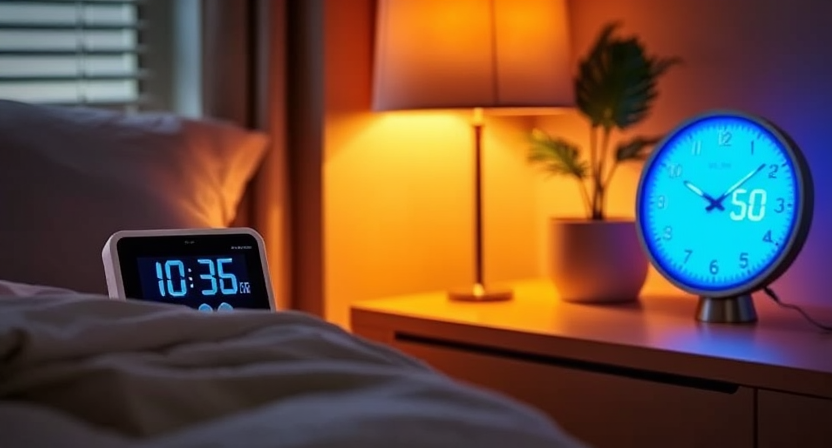
Call it the Serena Williams of putting you to sleep, or the Roger Federer of getting you out of bed on time. In any case, you’re waking them up, so avoid drawing comparisons to tennis.
With white noise, a meditation guide, a music player, and calming wake-up tones, Loftie’s smart alarm clock and sleep assistant will help you break bad sleep habits like checking your phone just before bed. If we’ve ever seen an alarm clock that prioritises sleep, this is it. Additionally, we don’t think you’ll need to utilise the snooze button very frequently.
Pros
- In essence, a speaker alarm clock sleep aide
- Easy to set up
- encourages better sleep
- More attractive than an Echo
Cons
- The audio quality is not top-notch.
5. Blink Indoor Wireless HD Security Camera
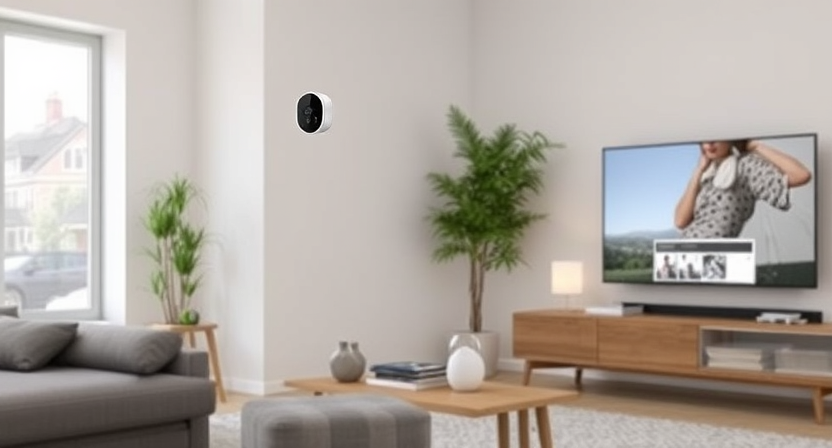
To keep the evil guys from Us or The Strangers on their toes and out of your damn house, covertly install one (or three, or five) of these wireless security cameras. Since these devices are, historically speaking, battery-operated, hackers cannot deactivate them by turning off the main power or snatching your phone. Additionally, the Blink camera performs admirably in everyday scenarios.
It can record video clips and allow you to keep an eye on your (perhaps furry) children and pets if they are the bad guys in this scenario. Even the moonwalks, taps, rogue dances from TikTok, and other gestures may be customised to be alerted. (If you want to permanently stop the final one, just speak through the device that is linked.)
Pros
- Battery-operated and wireless
- Personalised motion alerts
- Use your phone to see, hear, and communicate.
Cons
- Not a camera mounted outside
- Incompatible with Google Assistant
6. Sonos Era 100
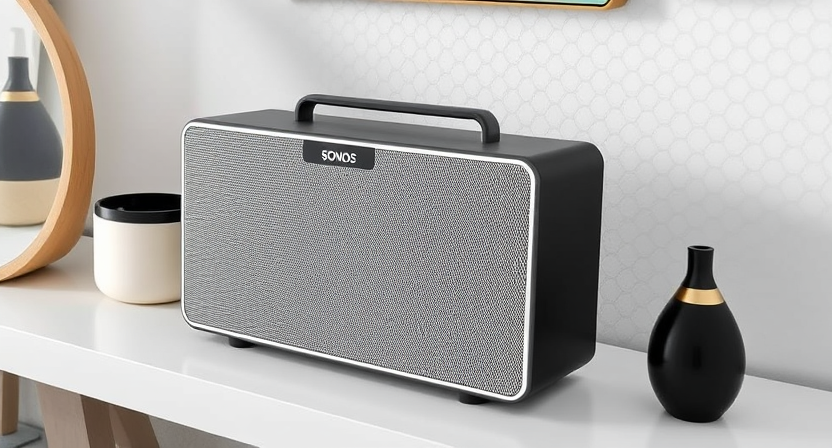
Not much has changed since we named this speaker one of our top picks for 2025 smart speakers earlier this year. Of all the smart speakers available on the market, it still has the greatest sound profile. It delivers excellent value for the money, is simple to set up for everyone—not just audiophiles—and connects to any phone. If you can speak to a speaker, what more could you possibly want?
Pros
- Fantastic sound, even if you’re on a tight budget or space.
- looks good in any house.
- Use your voice to exert control.
Cons
- More expensive
There are plenty of solid reasons to choose a thermostat that requires less maintenance. You’ll have less trouble, the environment will benefit, and—oh, I forgot—you’ll save money. There’s a reason why homeowners like Google’s smart Nest thermostat. It is a long-term smart home necessity that will only help you.
This device adjusts the on-and-off schedules to your preferred temperature based on your behavior. It even knows to switch off the air conditioner when you’re not home and can detect and program which rooms should have which temperature.
Pros
- Easy to use and programmable
- can reduce the cost of your electricity bills.
- Use your voice to set the temperature.
- Self-adjusting automatically
Cons
- Installation must be done by an expert.
8. Ring Video Doorbell

A doorbell must surpass the ease of a conventional ding-dong-ditch victim in order to be considered intelligent. With amazing capabilities like motion detection and night vision, Ring’s video doorbell does much more than just watch deliveries or see who’s ding-donging. It’s a little device with all the functions you need. You will be able to see, hear, and communicate with anybody from your linked devices once it has been installed, which takes some mental and physical effort. After all, it is your house. You must be aware of what is going on.
Pros
- HD video quality at 1080p
- Better motion detection
- Remote control of an application
- Simple to assemble
Cons
- Installation must be done by hand.
Before the Dyson Vis Nav was formally released onto the market, we had it for a long. Surprisingly, we discovered that this is by far the greatest robot vacuum ever produced in just a few days. And it’s likely that you can finally acquire it at a discount if you’re reading this around the holidays.
The Vis Nav is superior at mapping your house when compared to other manufacturers that we appreciate too much to mention. With almost double the suction of its leading rivals, it is also superior at vacuuming. (It truly embodies that phrase.) Additionally, it overcomes rugs, the most challenging chore for any robot vacuum. Jumping from hardwood to tile to carpet to rugs is nothing new to this little boy. It’s a clever engineering achievement. Naturally, Dyson was the one who did it.
pros
- The most powerful robot cleaner we’ve ever seen
- Your home just has to be mapped once, and surface modifications are easily handled.
- The MyDyson app is among the easiest to use.
Cons
- Of course, the price tag
- a little heavier than some of its lesser rivals
10. Kasa Smart Plug Mini

Smart plugs are the simplest way to get started with the full smart-home idea. These essentially have the ability to turn any electric gadget “smart.” What does that actually mean? You may use a voice assistant or smartphone to switch on a lamp after plugging it in. Add a smartphone and a smart plug, and you have a smart house.
However, you may go a bit farther with certain tools to generate preset combos if you really want to go nuts. Consider this scenario: You have your speaker, coffee maker, and lamp all connected to smart outlets, and you have established a “morning” ritual in which a single button push activates the coffee maker, wake-up music, and kitchen lights. For less than $30, you can get a bundle of these Kasa Smart plugs, which enables more complex things.
Pros
- transforms simple gadgets into intelligent ones.
- Simple to use
- Many choices to experiment with
- Cost-effective to buy more and stock up
Cons
- If you already own a lot of smart devices, these may be unnecessary.
Considerations for Smart-Home Devices
- Assistant software: Do you have a thing for Amazon or Google? Or can you simply put up with Apple because you’re too superior to them? Select your preferred voice or virtual assistant to act as your home steward, such as Google Assistant, Apple’s HomeKit, Samsung’s Bixby, Amazon’s Alexa, and so forth. While many of these smart-home devices aren’t compatible with multiple assistants, some are. Voice control or hands-free control will win out once you find the correct one.
- Connectivity: Fortunately, a wireless connection is used by the majority of smart-home gadgets. In the end, it comes down to WiFi or Bluetooth connectivity. So, here’s a lesson you should remember for all wireless devices going forward: WiFi offers a more reliable connection and is quicker than Bluetooth.
- App Quality: Make careful to investigate the app before purchasing a gadget that will require you to utilize it. Does it have really negative App Store reviews? Is it getting really bad feedback from users on Google Play? In that scenario, you might want to reconsider your purchase. It is best to follow where you find positive evaluations.
- Installation: Are you willing to exert yourself? And how much perspiration are you prepared to endure? The majority of smart-home devices require little to no installation—that is, simply follow the instructions and set up the device. But for some, have your toolkit on available, particularly if you need to mount them. Or make a help call.
How Can We Choose Smart Home Devices?
All 10 of these smart home devices are top performers in their respective categories. The elements that we take into account while assessing their GPAs are listed below.
- Look: It won’t work if it doesn’t look decent. have both intelligence and beauty is preferable to have both. All of our recommendations will thus complement your home.
- Setup simplicity: The majority of our selections need little to no setup work. But installation is unavoidable for doorbells and thermostats.
- Reliability: Just how intelligent is a gadget? How frequently must it be “manually” adjusted or reconnected? We are aware that this type of behavior is more common than you may imagine. Users trust every product on this list.
- Control: In addition to buttons and screen displays, the top smart home devices also provide voice and app control. Consideration is also given to remote control when you’re not at home.
- Assistant connectivity: This ultimately determines which devices we personally use the most. Do you use Google Assistant on your Pixel or Siri on your iPhone? Selecting a smart-home appliance that communicates with your preferred smart assistant is crucial.
- Price: If you’ve been around here long enough, you know that we don’t give price any thought. We strongly think that if it’s good, you should buy it, not because we’re snobbish. Having said that, each choice on this list is reasonably priced given its relative market value. These goods range in price from $100 to $1,000. They’re all worthwhile. This leads us to the next category.
- What they are: It goes without saying that a device’s classification is important. And each category has a lot of them. For this reason, we made an effort to choose the top smart devices in each category. We chose the finest robot vacuum, smart doorbell, and smart camera available. Then some.
Why Should I Trust Gizoasis.com?
We can suggest the best tech that is worth your hard-earned money since we have years of experience probing, testing, and stress-testing items. Our years of experience have taught us which smart-home devices are truly worthwhile and which are unnecessary nonsense.
We pledge to be honest with you—no bullshit, no frills. We conduct extensive study and testing before compiling our guidelines, and we would spend our money on the devices we select.






